How to Fix Usb Drive Not Recognized Windows 10

If you're on Windows 10, and you're seeing this error saying that USB device not recognized after you plug in a device, you're not alone. Many Windows users say that they have seen this notification pop up.
Annoying as it seems, it's possible to fix. Here are 7 of the most effective solutions for you to try. You may not need to try every one of them; just work from the top down until you find the one fix that works for you.
- Restart
- Try a different computer
- Plug out other USB devices
- Change the Power Management setting for the USB Root Hub
- Update the USB port driver
- Change power supply setting
- Change the USB selective suspend settings
1. Restart
Sometimes, a simple reboot fix unrecognized USB device. Plug your USB device out, wait for a few minutes, then restart your computer. Plug your USB device back in again.
2. Try a different computer
Try plug your USB device into a different computer. If it doesn't work on the second PC, your device could be at fault. You may want to get it repaired or buy a new one.
3. Plug out other USB devices
Too many USB devices on the same machine might create a conflict, which could stop the running of some devices.
To avoid possible conflict among the devices, it is suggested that you disconnect other USB devices and see if the device that you intend to use works.
4. Change the Power Management setting for the USB Root Hub
1) On your keyboard, press the Windows logo key and R at the same time. Type devmgmt.msc and press Enter.
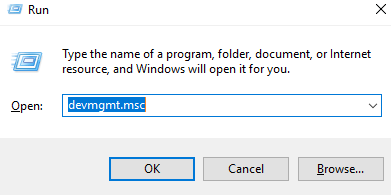
2) Click the down arrow to expandUniversal Serial Bus controllers. Right-click USB Root Hub option and clickProperties.
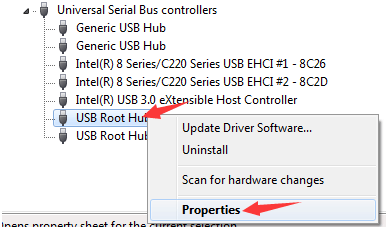
3) Go to Power Management tab and uncheck the Allow the computer to turn off this device to save power. Click OK.
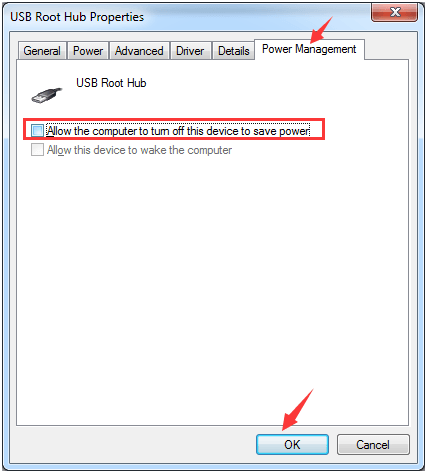
If you have more USB Root Hubs, you need to repeat this operation a couple of times. Please remember to clickOK after each performance.
After the settings, plug your USB device back in to see if your computer is able to recognize it.
If your USB device is still not working after this, please check the Allow the computer to turn off this device to save power back on.
5. Update the USB port driver
If the above methods don't work to solve your problem, it's very likely that you're using a wrong USB driver altogether.
There are two ways for you to update your USB port driver: manually or automatically.
Manual driver update – You can update your USB port driver manually by going to the manufacturer's website of your PC, and searching for the most recent correct driver for it. Be sure to choose the only driver that is compatible with your variant of Windows.
Automatic driver update – If you don't have the time, patience or computer skills to update your drivers manually, you can do it automatically with Driver Easy. Driver Easy will automatically recognize your system and find the correct drivers for it. You don't need to know exactly what system your computer is running, you don't need to risk downloading and installing the wrong driver, and you don't need to worry about making a mistake when installing:
1) Download and install Driver Easy.
2) Run Driver Easy and click the Scan Now button. Driver Easy will then scan your computer and detect any problem drivers.
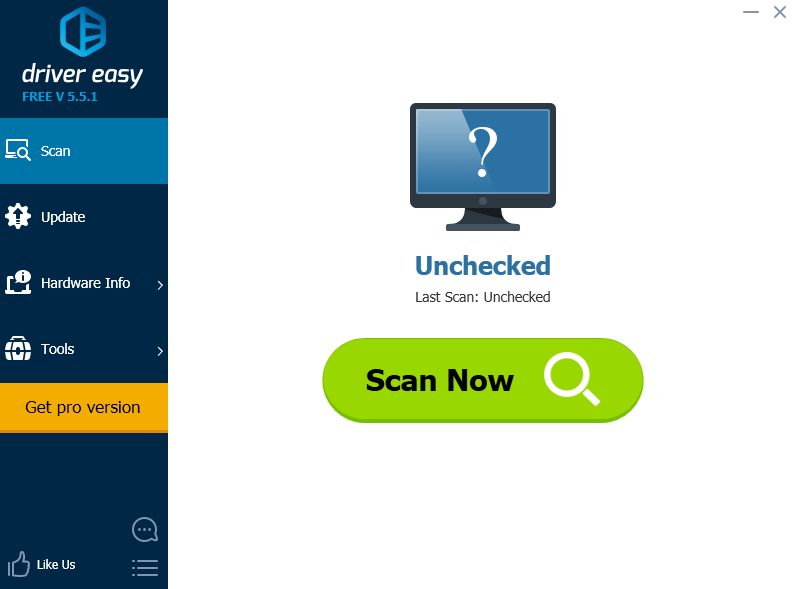
3) Click the Update button next to any flagged drivers to automatically download and install the correct version of that driver (you can do this with the FREE version).
Or click Update All to automatically download and install the correct version of all the drivers that are missing or out of date on your system (this requires the Pro versionwhich comes with full support and a 30-day money back guarantee. You'll be prompted to upgrade when you click Update All).
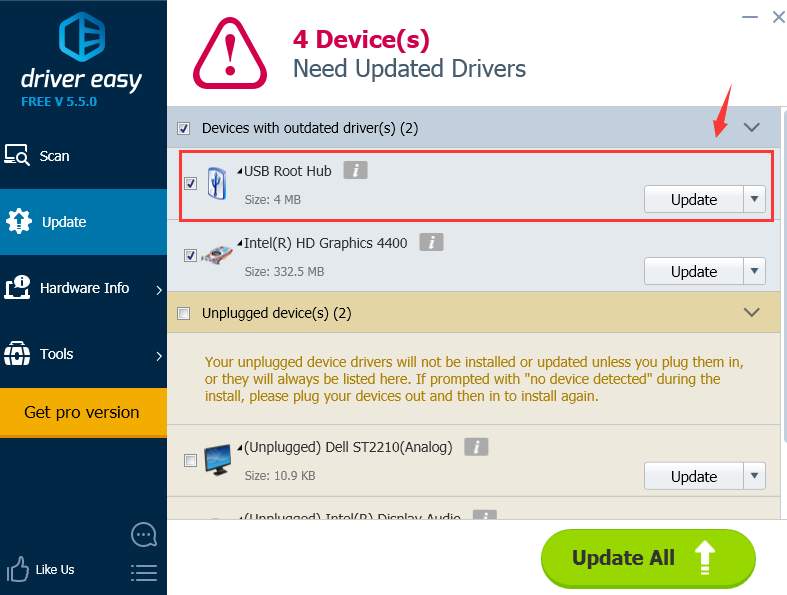
6. Change the power supply setting
1) Follow the path:Control Panel > Hardware and Sound > Power Options.

2) Click Choose what the power button does.
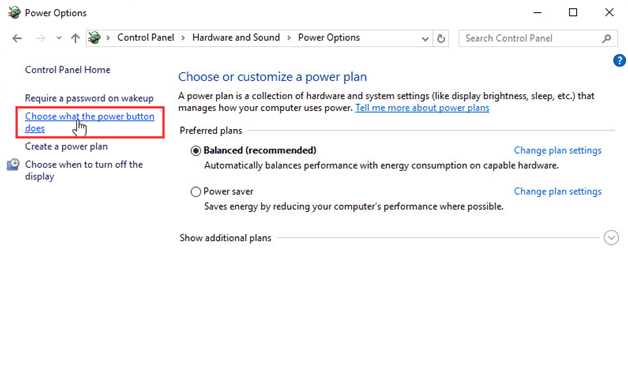
3) Click Change settings that are currently unavailable.
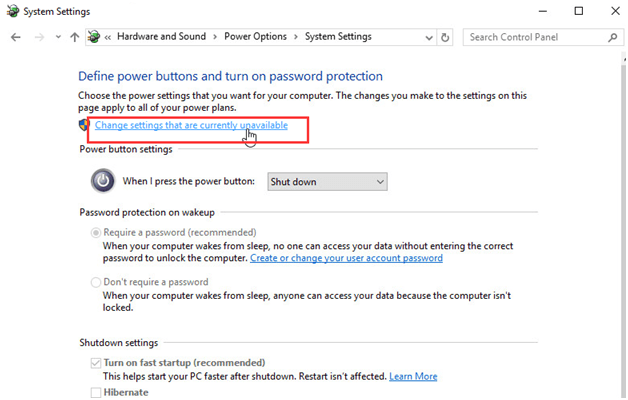
4) Uncheck Turn on fast startupand press Save changes.
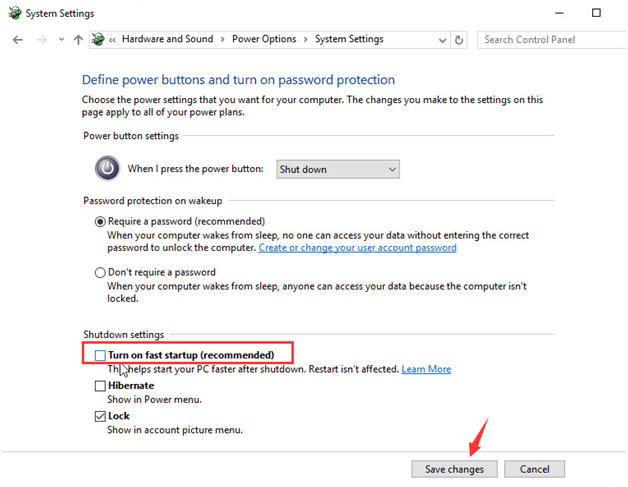
5) Restart your computer and plug in the USB device to see if it works.
If your USB device still doesn't work after this change, please change the setting back and follow the next method.
7. Change the USB selective suspend settings
1) Go to Control Panel and clickPower Options.
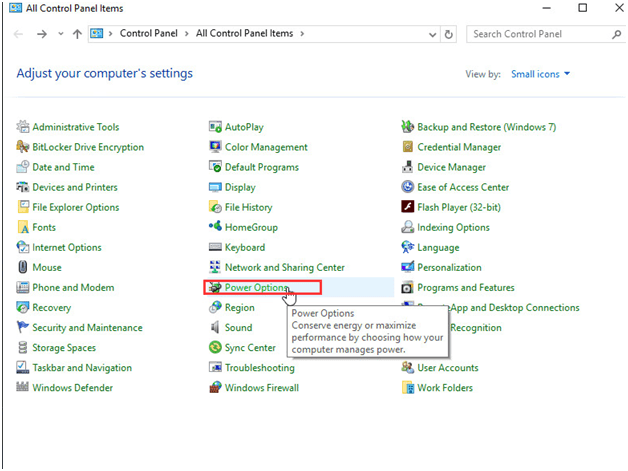
2) Click Change plan settings.

3) Click Change advanced power settings.
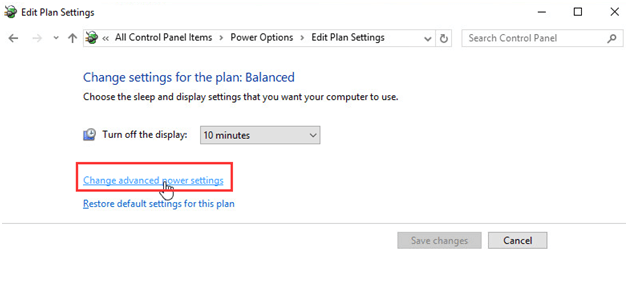
4) Expand USB settings and USB selective suspend settings.

5) Disable both On battery and Plugged in settings.
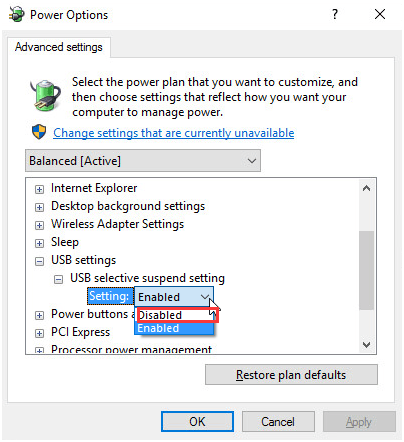
Click Apply and OK.
163
163 people found this helpful
Available in other languages
Kann Ihr USB-Gerät nicht von Ihrem Computer erkannt werden? Keine Sorge. Hier erfahren Sie 7 Methoden, womit Sie das USB-Problem selbst lösen können.
How to Fix Usb Drive Not Recognized Windows 10
Source: https://www.drivereasy.com/knowledge/solved-usb-device-not-recognized-in-windows-10-2/
0 Response to "How to Fix Usb Drive Not Recognized Windows 10"
Post a Comment